AVID Pellar, Pulsus, Pellere, and Pulsare II Phono Stages
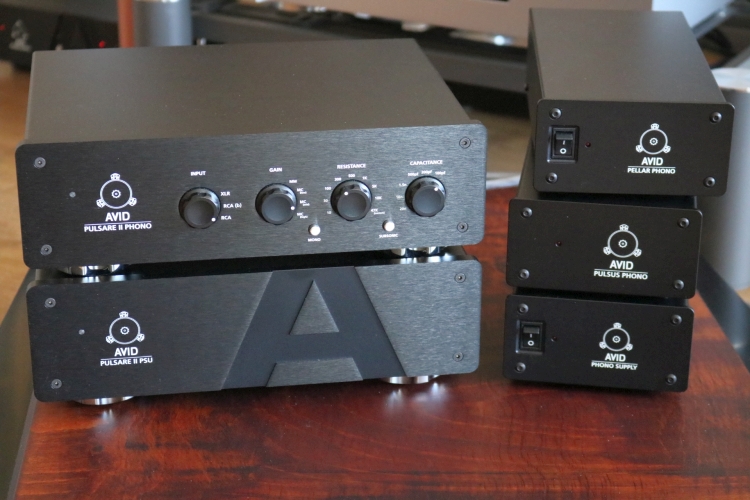
Listening to the Pulsare II
The Pulsare II carries a serious price tag, but it also brings very serious performance as I soon found out. Whereas the Pellar and the Pulsus understandably required no comparisons with my reference CH P1 phono stage, the Pulsare II actually turned in such an elevated performance that it begged for a direct comparison.
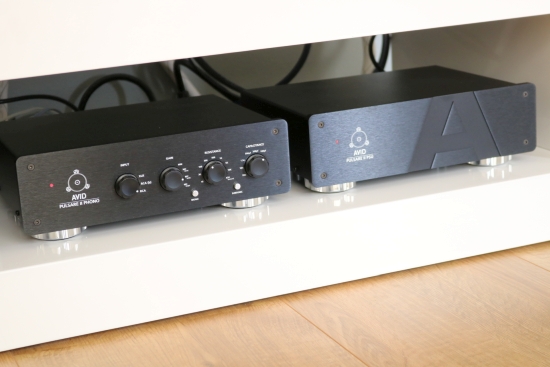
The Pulsare II’s PCB layout has been strenuously optimized in a dual mono, fully-balanced topology with optimal isolation to allow the lowest background noise and distortion and to maximize the headroom. It makes sense for a product from the AVID branch to be conceived to be mechanically and sonically robust and this applies to all their phono stages but the Pulsare II, in particular, is designed to “never induce a feeling of running out of steam.
The basic sonic character is in line with the other AVID phono stages but with substantial improvements across the board. It might seem obvious for a higher-tier product to do everything the lower-placed models do but it’s not guaranteed. Often, I’ve found that when a given brand’s mid-range model is superbly musical, their highest-end model can be on the analytical side. Not so with the AVID phono stages. They all share the same sonic balance and I commend them for it.
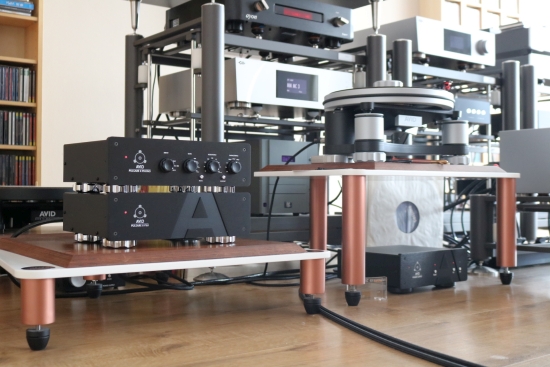
The sound is still full-bodied and decidedly non-clinical but besides still being subtly warm and gently rich, there is now massively improved transparency, refinement, and low-level detailing. Particularly impressive is the additional separation between subtle sounds, not only in terms of vividness but also in terms of placement within the soundstage.
As with the other models, the timbre is spot-on natural. Wooden instruments really sound like the material of which they are made, rather than being reduced to something resembling a synthesized variant of the real thing. The other AVID phono stages were already great dynamic performers, but the Pulsare II has also raised the performance here. There’s simply absolutely never a sense of restraint.
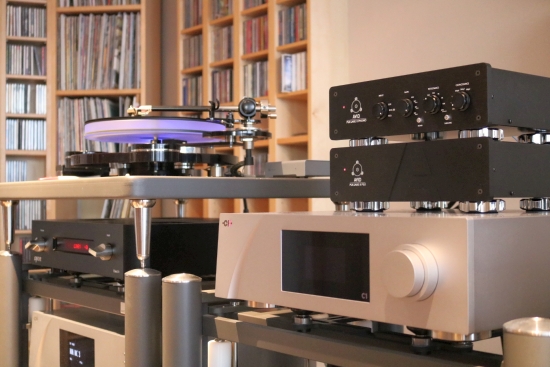
Using either the AVID Sequel with AT33Sa cartridge or the Origin Live turntable with Aidas, it is obvious that the Pulsare II is truly something else. I found the sound to be ideal with the Pulsare II set to 300 Ohms and the MID MC gain setting for either combination. Then, it’s easily as spacious as the CH P1 phono stage and even better in terms of the placement of individual sounds into separate layers into the depth plane. In terms of ultimate refinement (articulation, transparency, treble air), the P1 is still superior, but it’s not far off! These differences manifest primarily when focusing on cymbals and other high-pitched percussive sounds, which are just that little bit more textured and refined. But it’s important to note that the Pulsare II never injects any dryness and is most definitely not rough in any way. The treble may lack the last bit of ultimate precision but it’s entirely natural and superbly fluid. Considering the Big Swiss preamp’s eye-watering price tag (30.000 euro in the basic configuration), that’s quite the achievement indeed.
The Pulsare II’s most obvious competitor would be the 5.300-euro Pass Labs XP-17. Although I heard this preamp almost four years ago and in an entirely different context, I’m positive that the Pulsare II has bigger bass, more warmth, and more charm, and although I think the Pass will be more strictly neutral, I don’t believe that it would outperform the AVID in terms of resolution.
Ok, 7.700 euro is a serious chunk of money. But based on its performance alone, I’m seriously tempted. And so far, I’ve not even taken the preamp’s superb configurability and convenient front-panel operation into consideration. The XP-17 may offer similar functionality but it’s all accessed via micro switches on its rear panel. While one may consider this an improvement over the earlier X-Ono’s internal switches, I still found it to be a pain to have to crawl behind the racks. As a reviewer, and by nature as well, I tend to do a lot of (cartridge-) swapping, and then it’s absolutely fantastic to have all the controls right there on the front panel.
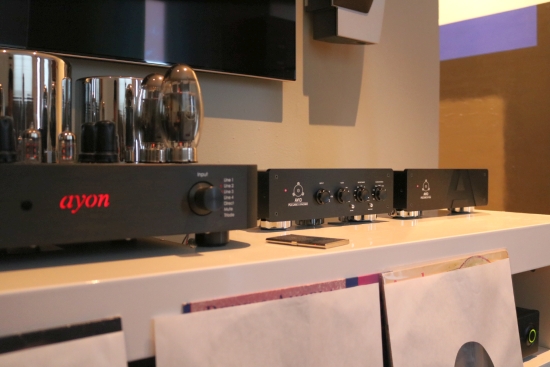
Having established the Pulsare II’s full abilities in the main system I proceeded to test it in the secondary tube system with the Thorens TD1601 turntable fitted with the AT33Sa cartridge. Oh boy, if I wasn’t seduced before, I certainly was now! I will agree that it appears to make no sense to use a 7.700-euro phono stage in a system based on a 3.100-euro turntable with a 700-euro cartridge but what I heard after connecting it proves otherwise. And, importantly, the Pulsare II will 100% support any upgrade made in the future. I’ll be short and clear: this humble system has never sounded better than with the Pulsare II in place.
As with the Pulsus, the benefit of having a separate power supply is that it also allows the two units to be placed further apart. However, most of my testing was done with the two units stacked or right next to one another, and this resulted in the stellar sound as described thus far. But because it is possible, I did test what would happen when the power supply was placed far removed from the preamp stage on the floor. In this configuration, there is a small but noticeable extra measure of breath and freedom within the soundstage. It’s not an earth-shattering difference but if the situation allows it, it’s certainly worthwhile.
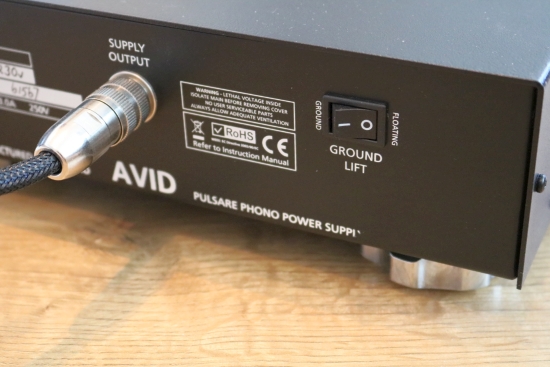
Ground Lift
Besides settings for Gain, Capacitance, and Resistance, the Pulsare II also offers a Ground Lift function. Due to its placement on the rear of the power supply unit, this one is easy to overlook. Since I tend to read manuals only very casually (or not at all unless running into issues), and because my nearfield eyesight has been deteriorating as of late but I refuse to get reading glasses, and thus I did not read the description next to the switch, I simply assumed that it was a power switch. As it turns out, the actual power switch is located underneath the power supply unit, Ayon-style.
While intended to solve noise issues under certain circumstances, I found that the Ground Lift switch’s setting also subtly changed the sound. The default setting is “Floating” but with the Thorens turntable at least, the “Earth” setting yielded a subjectively freer and deeper reaching bass whereas the “Floating” setting seemed to slightly curtail the bass depth while lending slightly more presence to the upper bass and lower midrange. As always, and especially where LP replay is concerned, YMMV. And precisely because of that, it’s great to have this feature available.
Balanced connections
XLR outputs are not too uncommon but it’s quite rare for a phono preamp to also offer balanced input connections. The Pulsare II (and the Pellere) do offer this facility. The balanced connections mean that the cartridge’s inherently balanced signal is indeed used as such, instead of having its negative outputs tied to earth. Interestingly, the Pulsare II (and Pellere) also offer the possibility to use the RCA inputs in balanced mode by the flick of a switch. For the Pulsare II, this switch is located on the front panel while the Pellere has it on the bottom of the unit.
At the time of writing, I have not yet carried out any comparisons between using RCA in balanced or unbalanced mode nor have I tried XLR cables. I will likely revisit this at a later point in time and when I do, I will report my findings here.
Conclusion
AVID turntables stand out for their highly precise and super-robust build and their solid and impactful sound, with a touch of smoothness. The AVID phono stages leave a similar impression. From the entry-level model to the flagship model, they are solidly built and have a sound that is full-bodied and powerful as well as smooth and with a hint of richness. As you move up the model ladder, you gain ever increased definition, low-level resolution, and transparency.
All three AVID phono stages have proven to work universally well under all circumstances and with other turntable brands as well. Not once have I encountered any hiss, hum, or other noise. While it makes sense to complete the analog setup with one of these products when owning an AVID turntable, as the pairing with my Origin Live and Thorens turntables made clear, it’s not a prerequisite.
If the Pellar is a great phono stage at its price and the Pulsus is clearly better but arguably less competitive, the Pulsare II is nothing short of superb. In fact, I was so impressed with its performance in my Ayon system that I was already contemplating keeping it based on its sonics alone. Further adding to this is the utter convenience of front-panel control over all of the preamp’s important facilities. This is an absolute blessing if you often swap cartridges or like to tweak about.

(Pulsare II)
External Links
Distributor for the Benelux: Hexagon Audio
Manufacturer’s website: AvidHifi
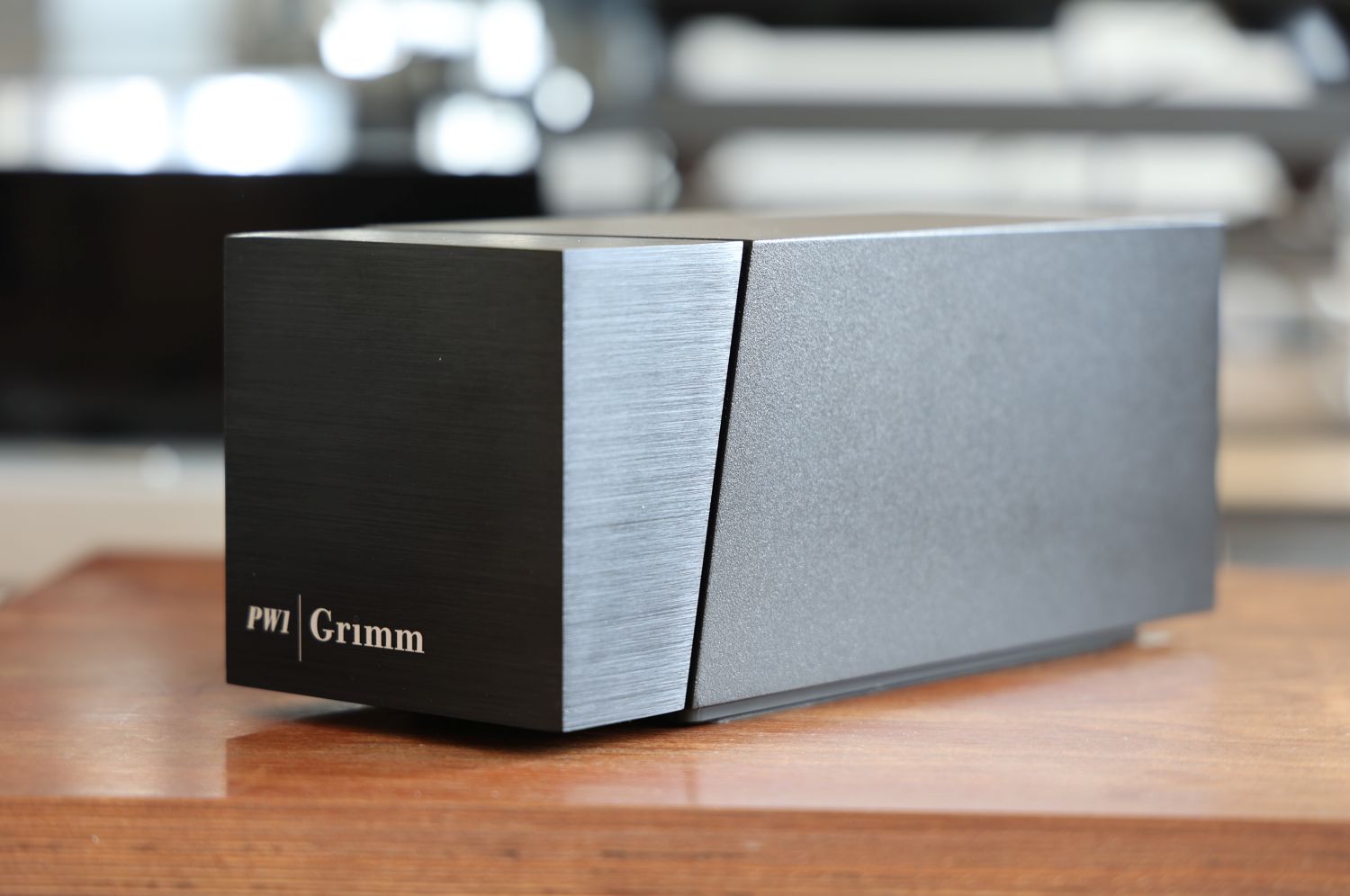
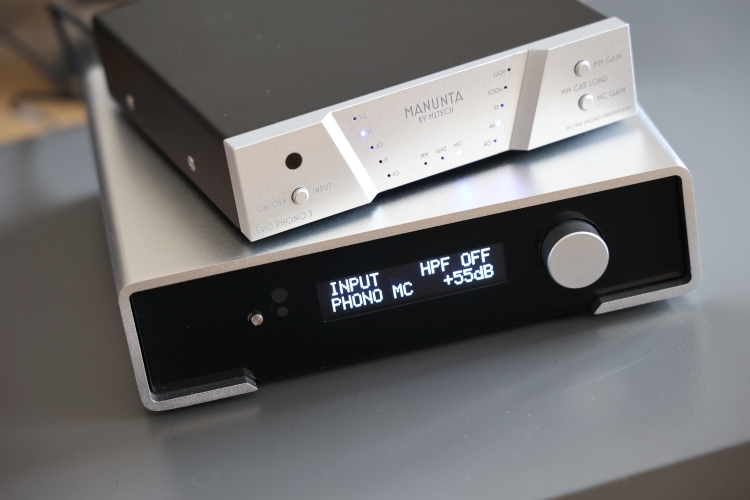
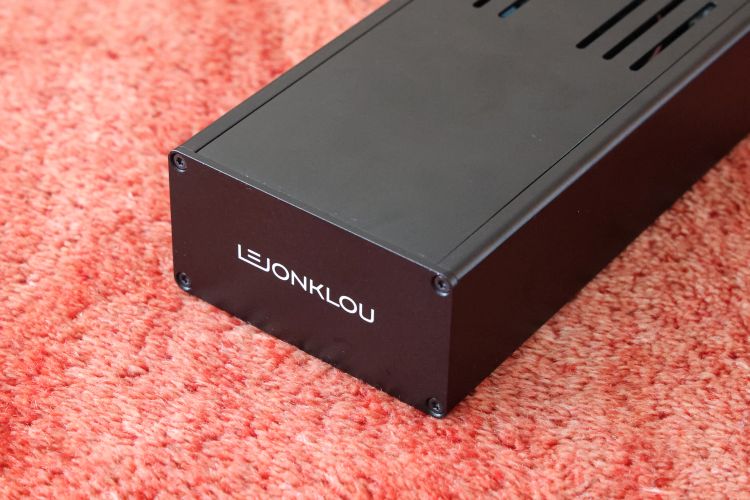
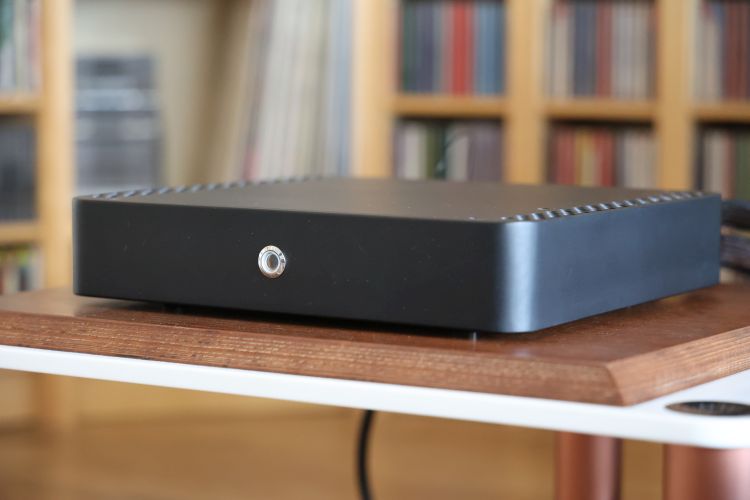
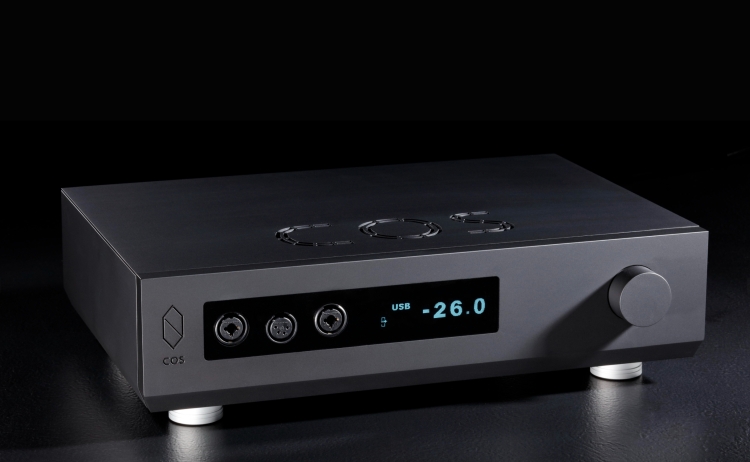
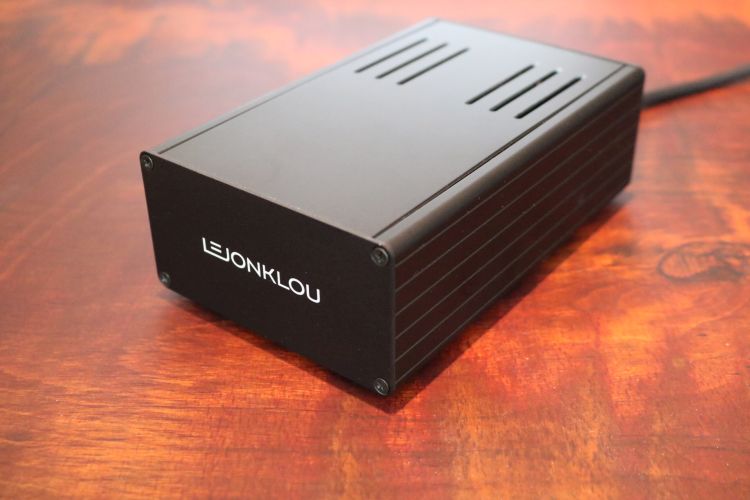
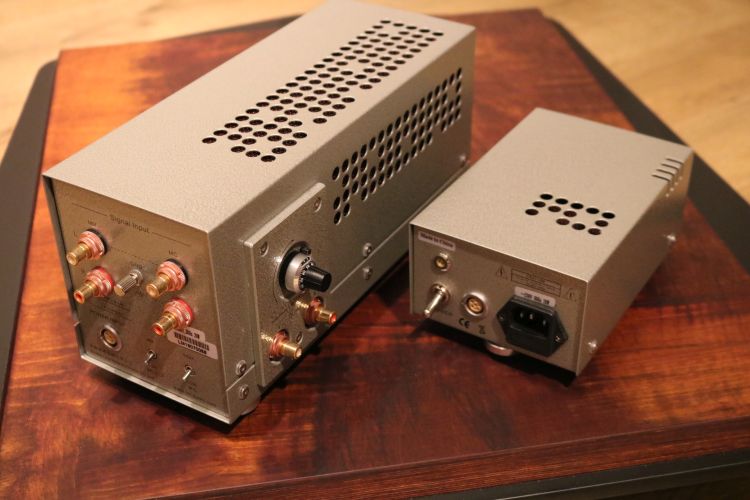
Hi. Thanks for this review, very informative and loved your style.
I have just heard about the Pellar (or Avid) and would be curious to try – also as might have found a used one going very cheap but… I have a Technics TT and vintage-ish Marantz pm7200 amp. I like emotional and involving (hence the Marantz with Class A) but also because of this, wouldn’t mind a revealing and detailed phono.
You mentioned in the Pellar’s price range there might be more revealing, more linear, and more nuance. Any suggestions from your “sound travels” of one that can be both revealing and involving? I heard great things about the Spartan 20 and Pro – have you had a chance to audition them?
Thanks!
Thanks, Enrico. Alas, I have not heard any of Michael Fidler’s equipment. But following my relatively limited phono stage adventures, given what you are after, I can recommend looking at Manunta and M2Tech. Please see my reviews for more details.